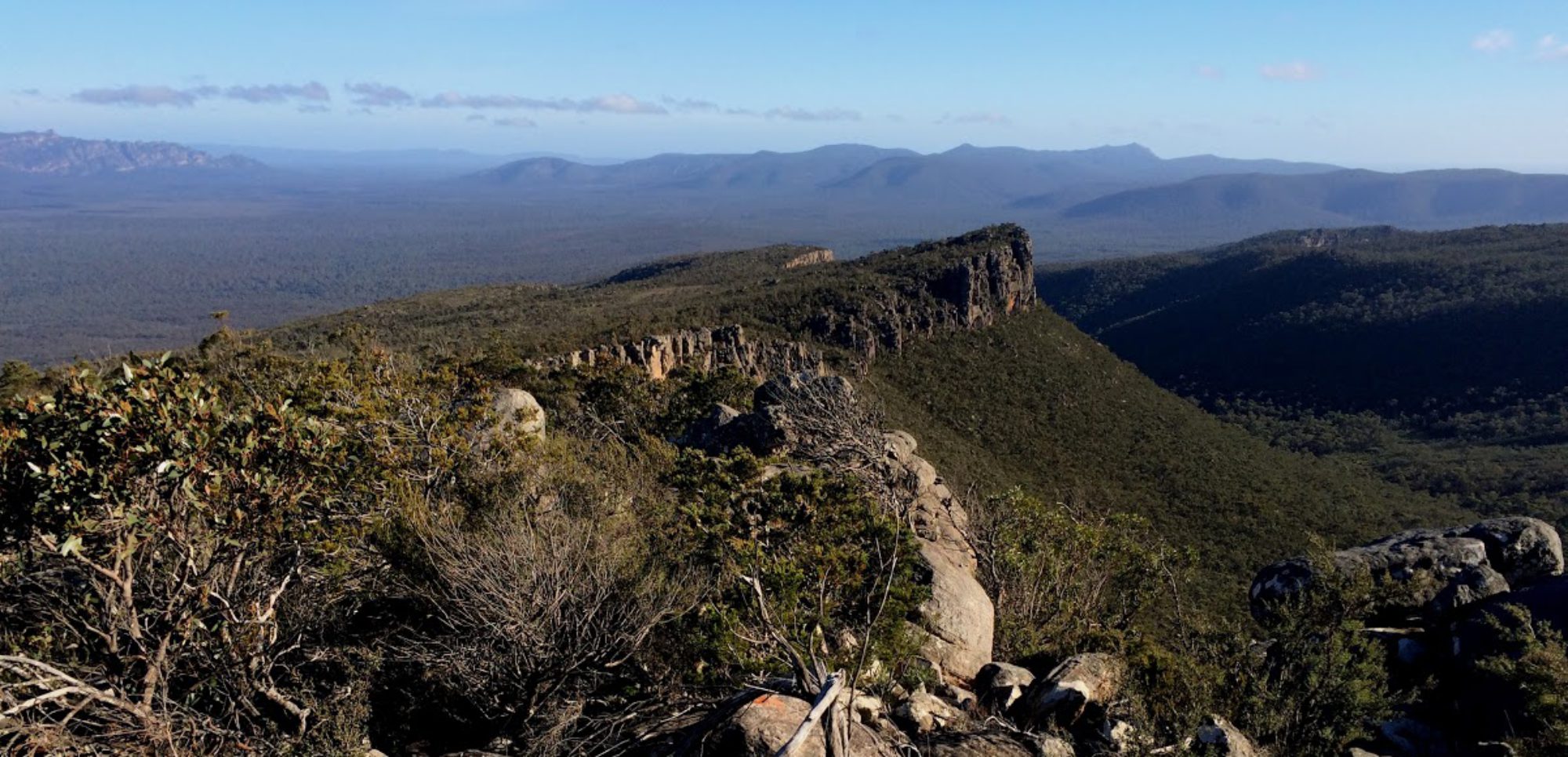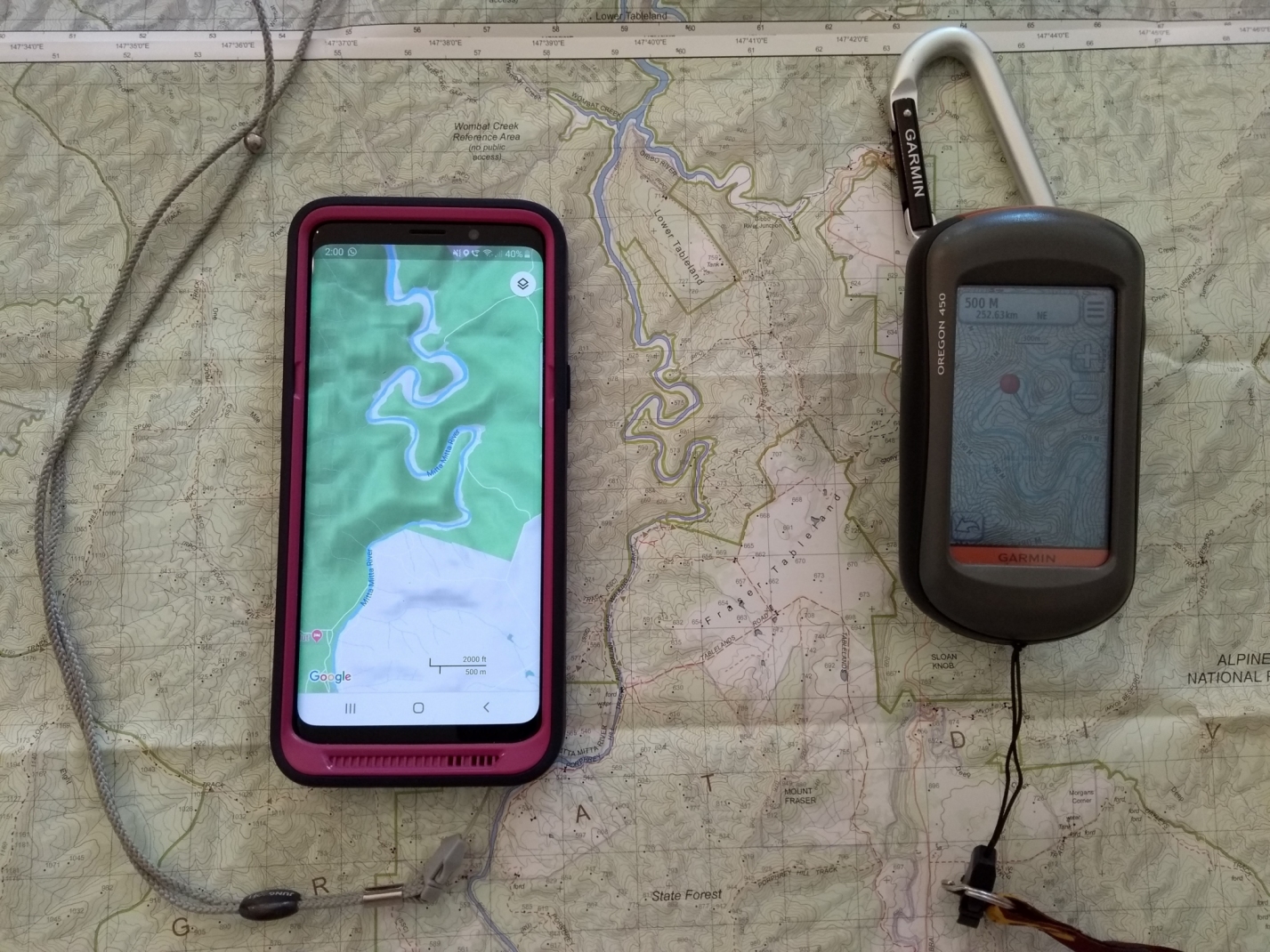This section provides information about the following topics:

Information and guidelines for safe and enjoyable bushwalking in Australia. Published by Bushwalking Victoria.


Information and guidelines for safe and enjoyable bushwalking in Australia. Published by Bushwalking Victoria.

This section provides information about the following topics: